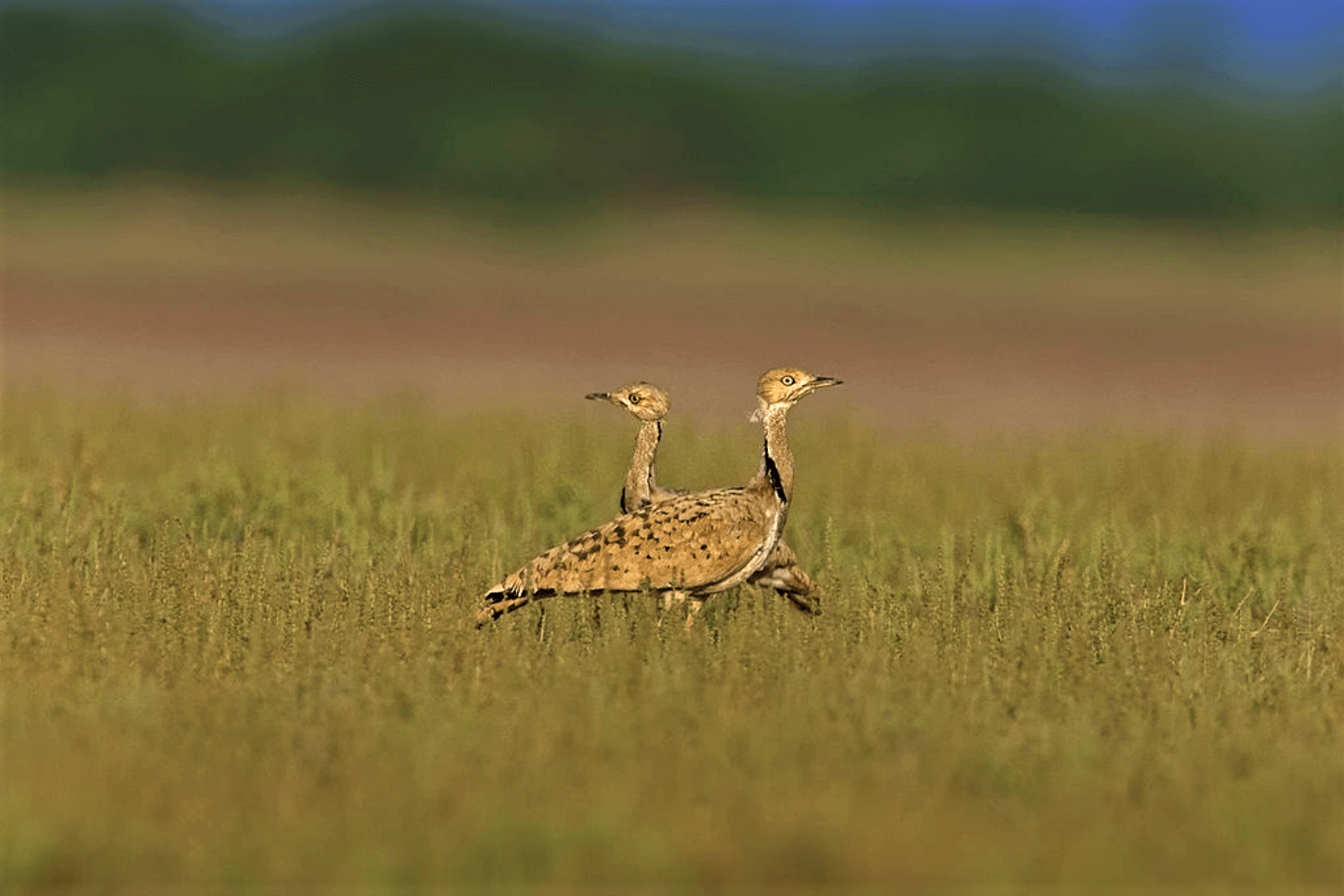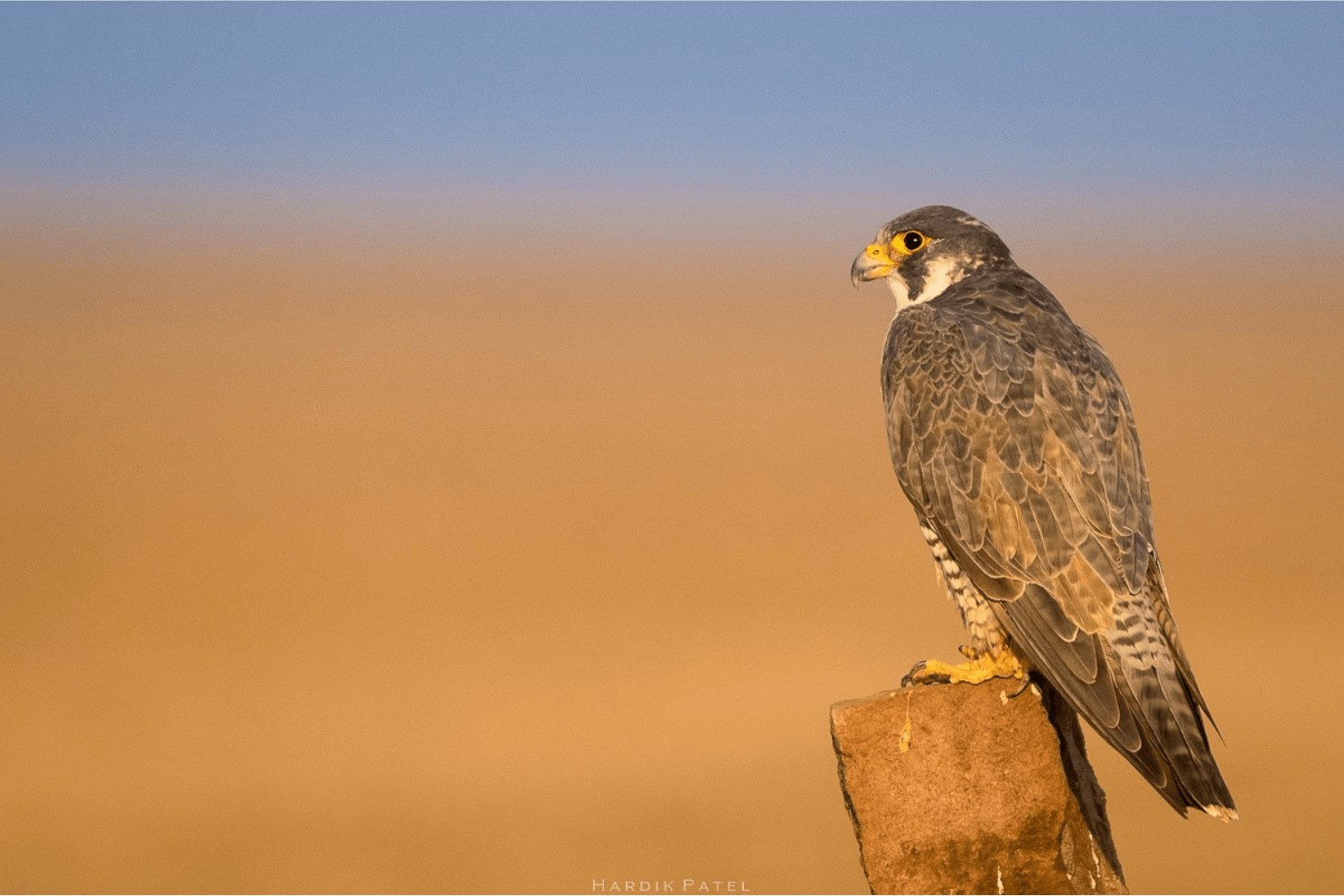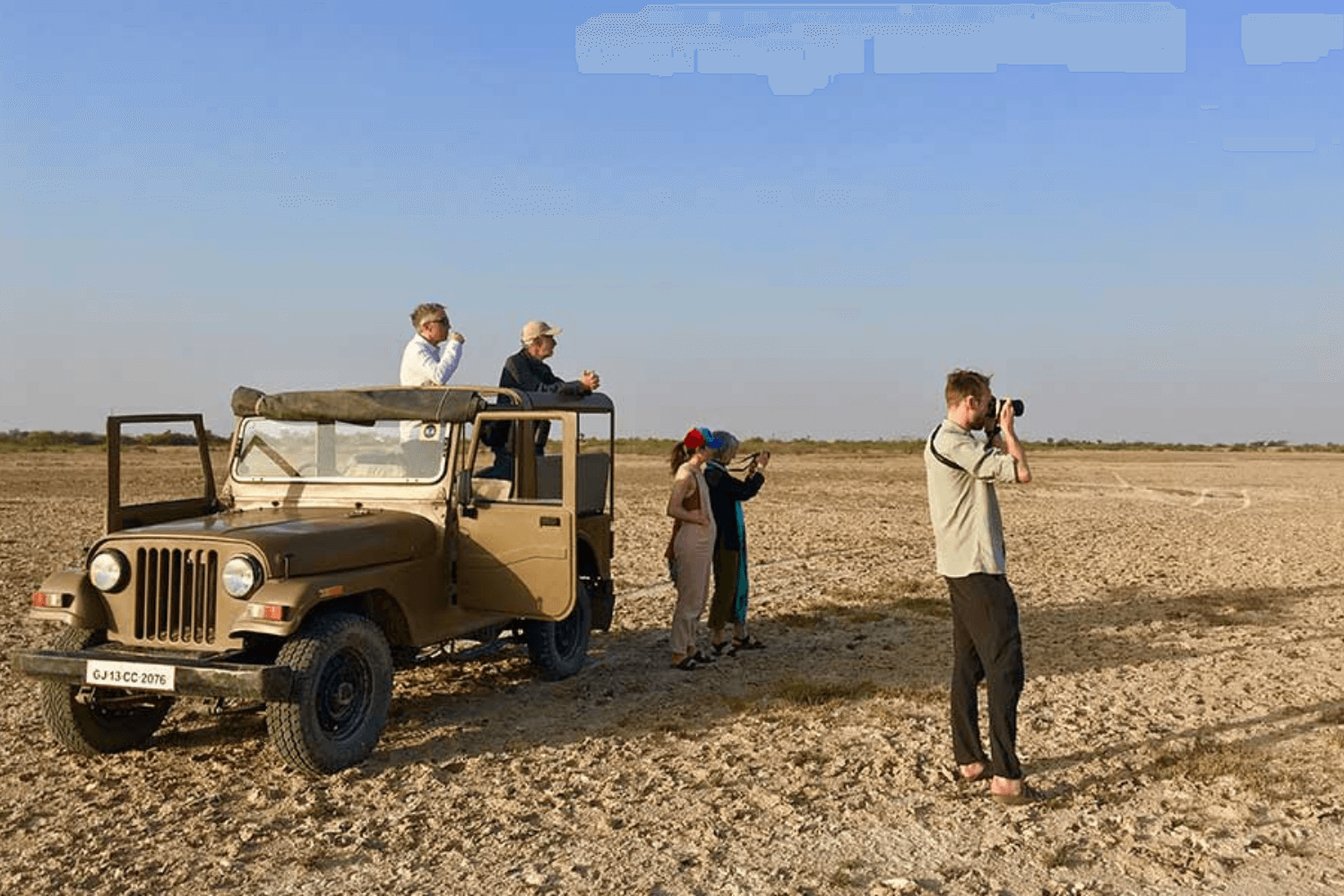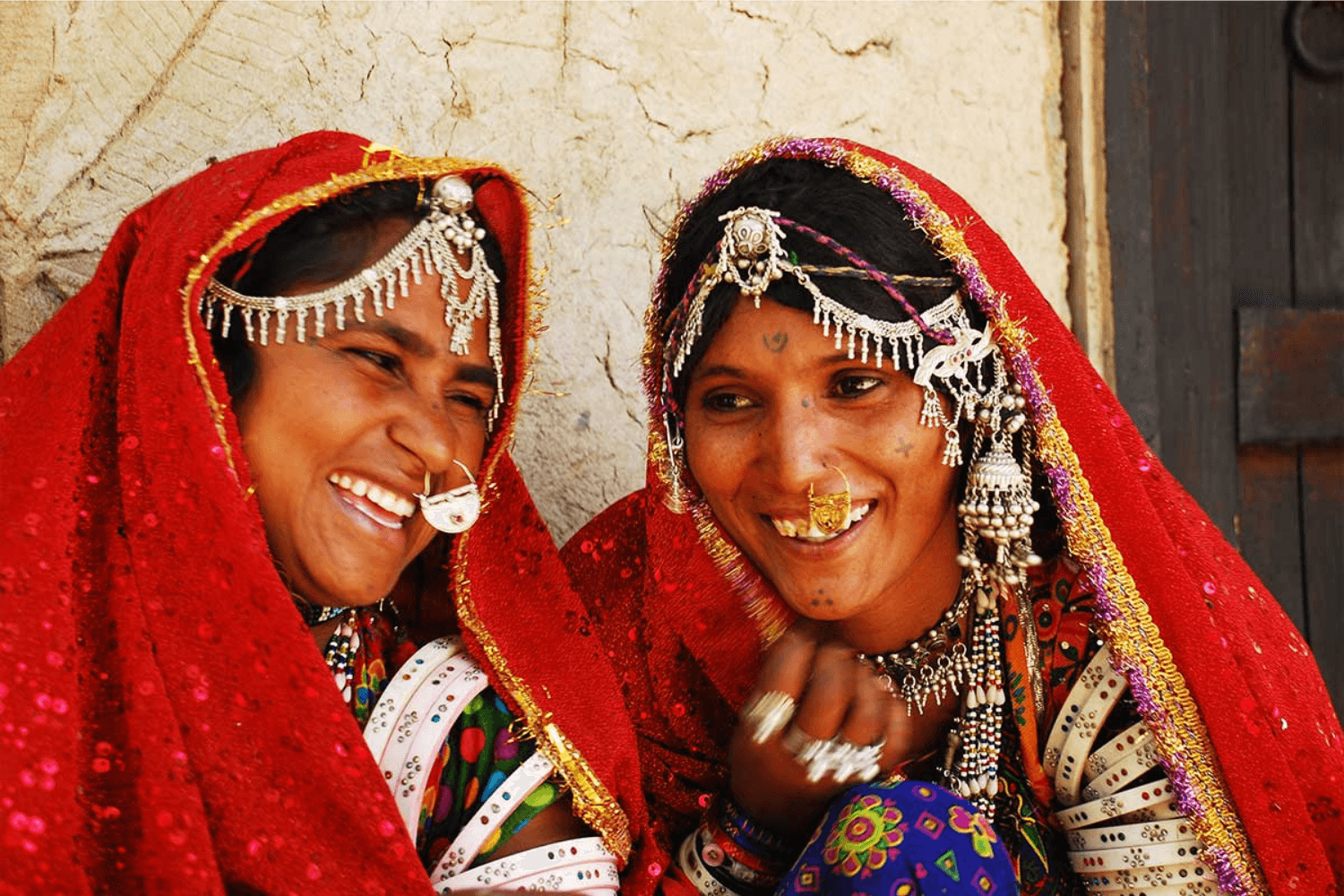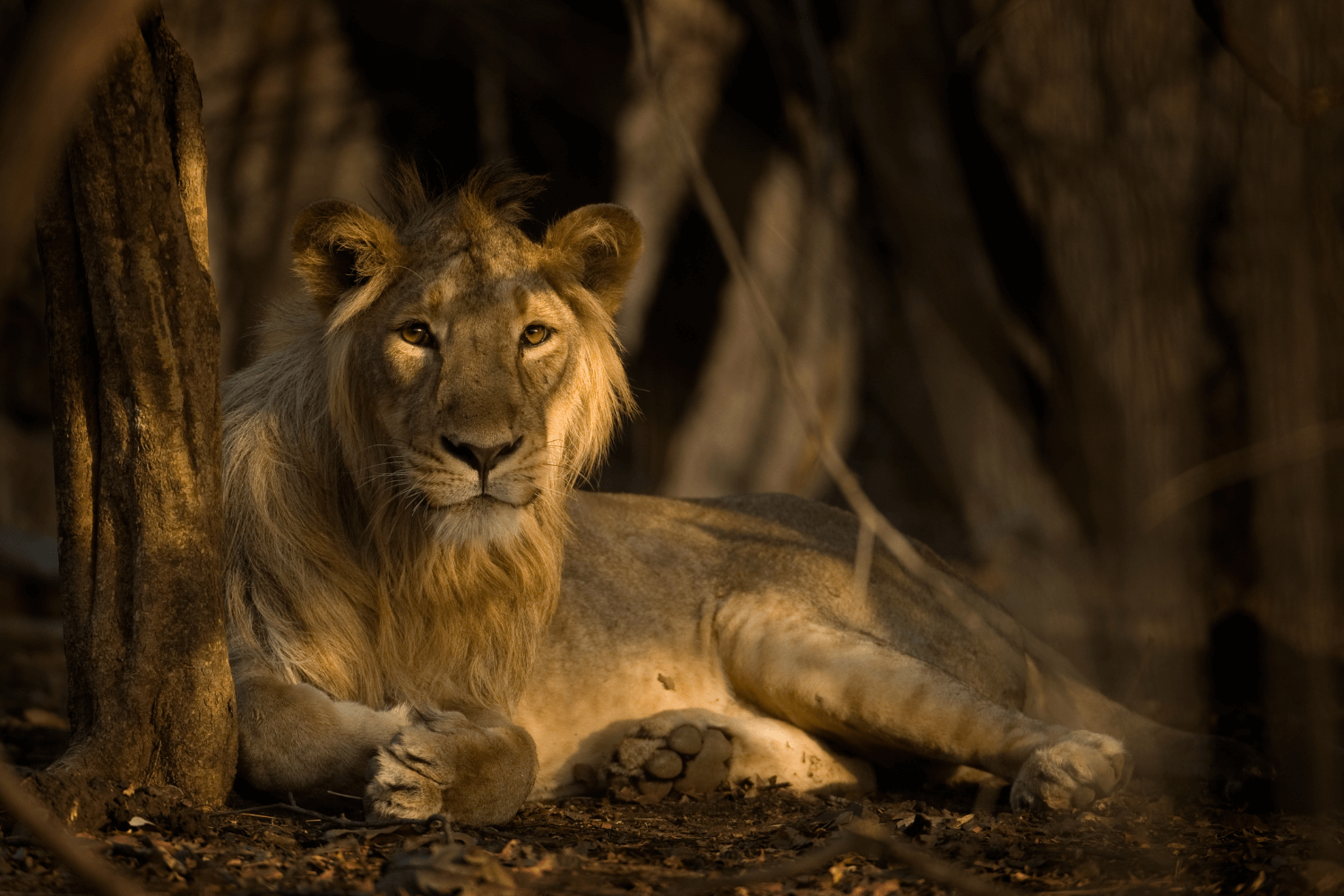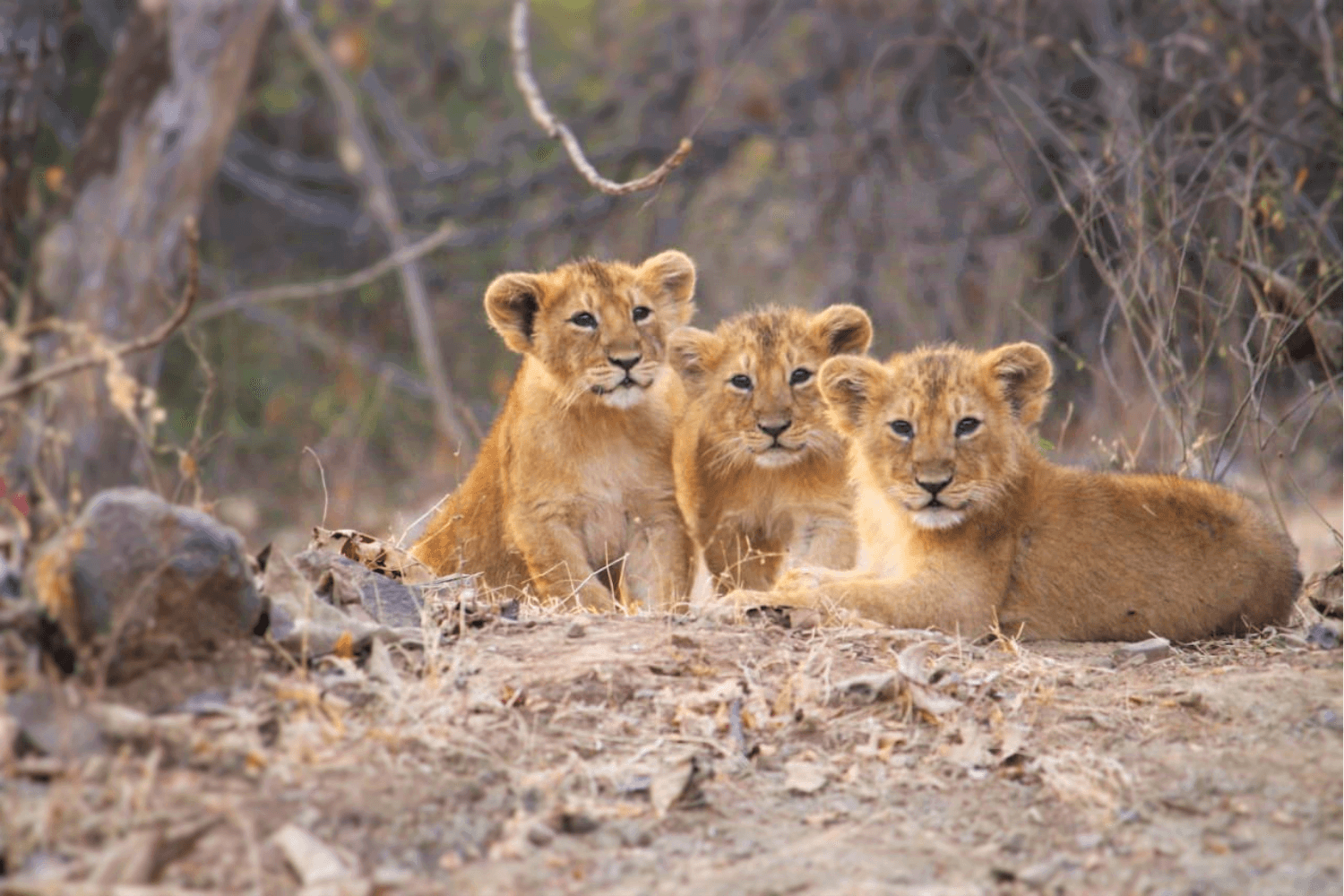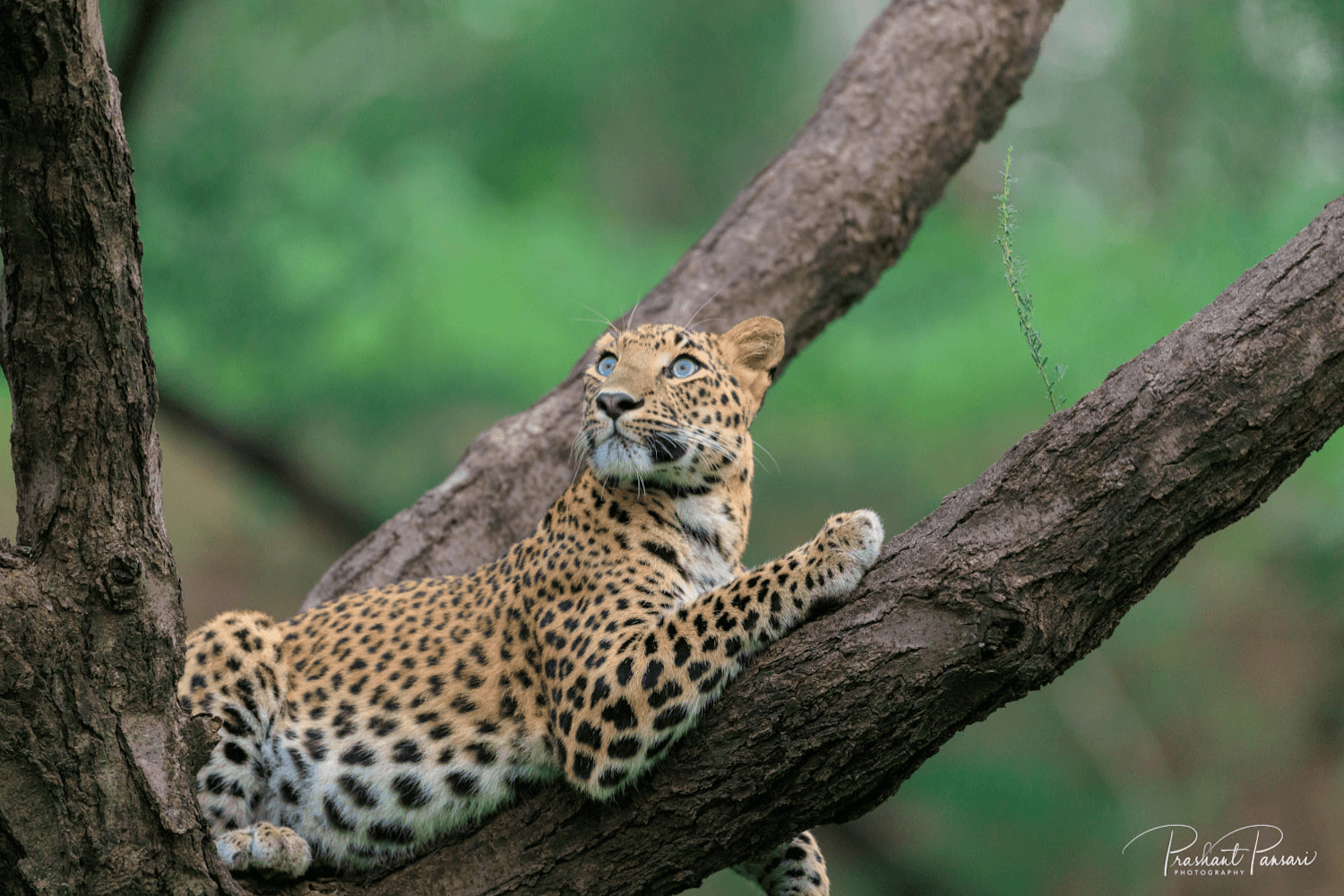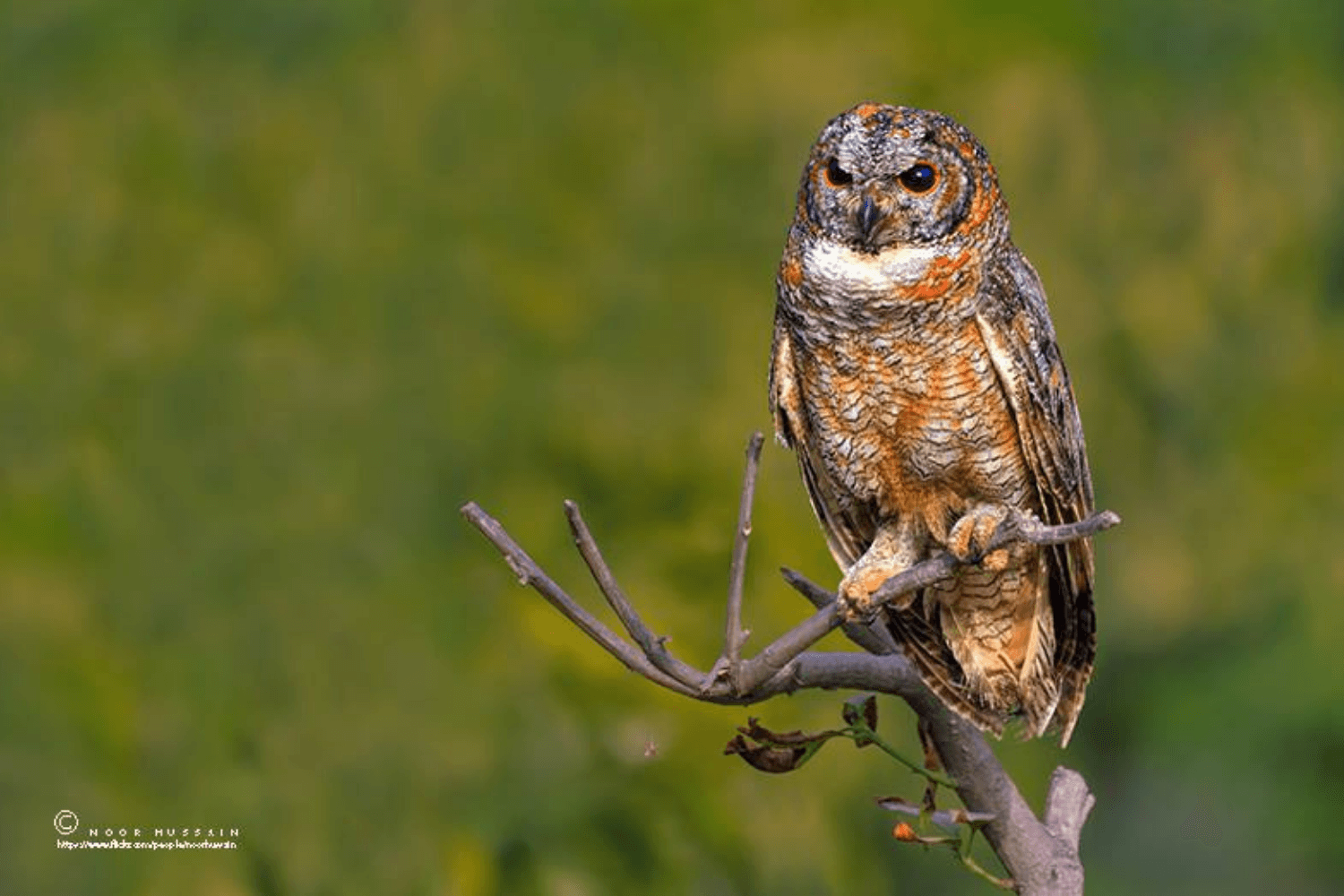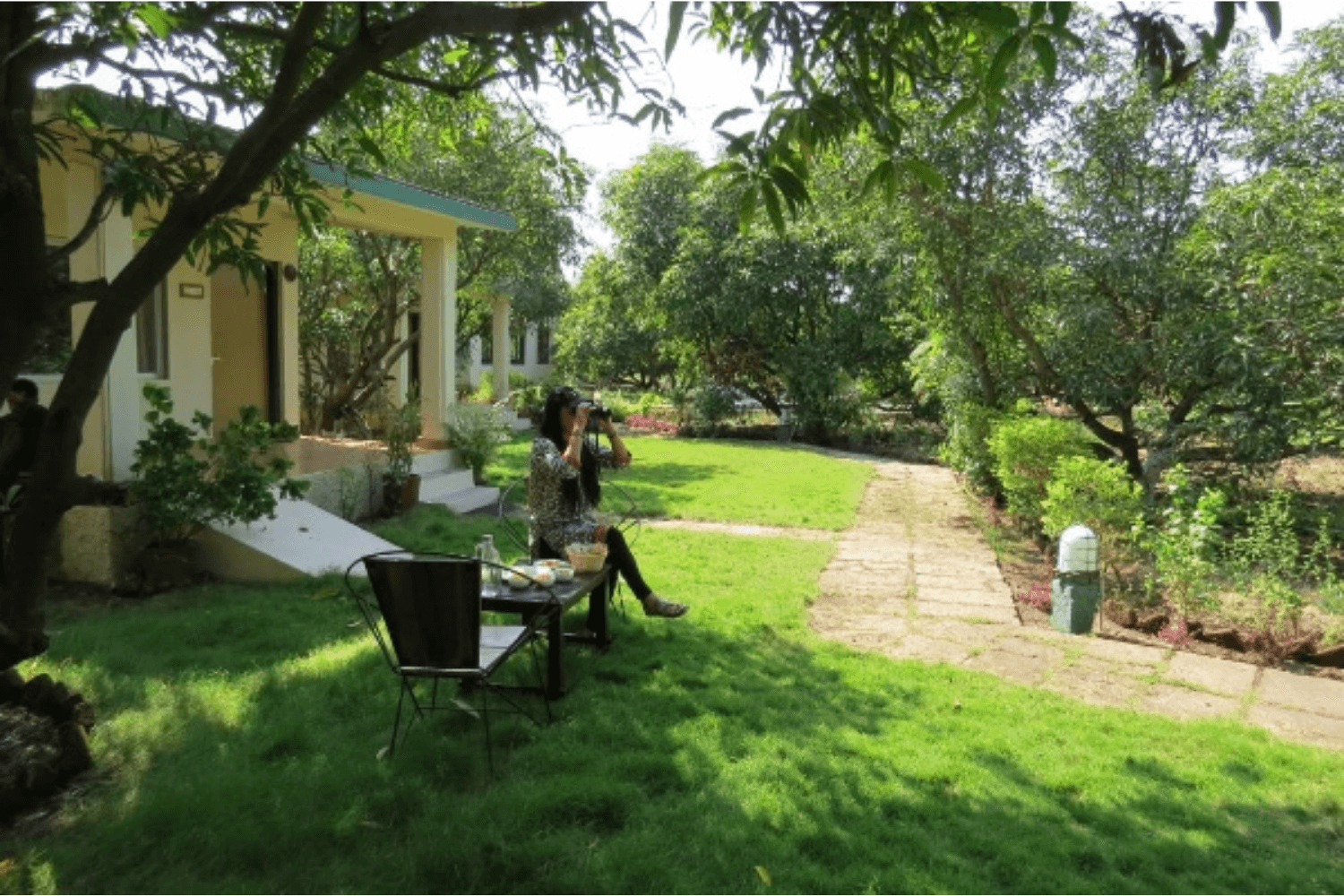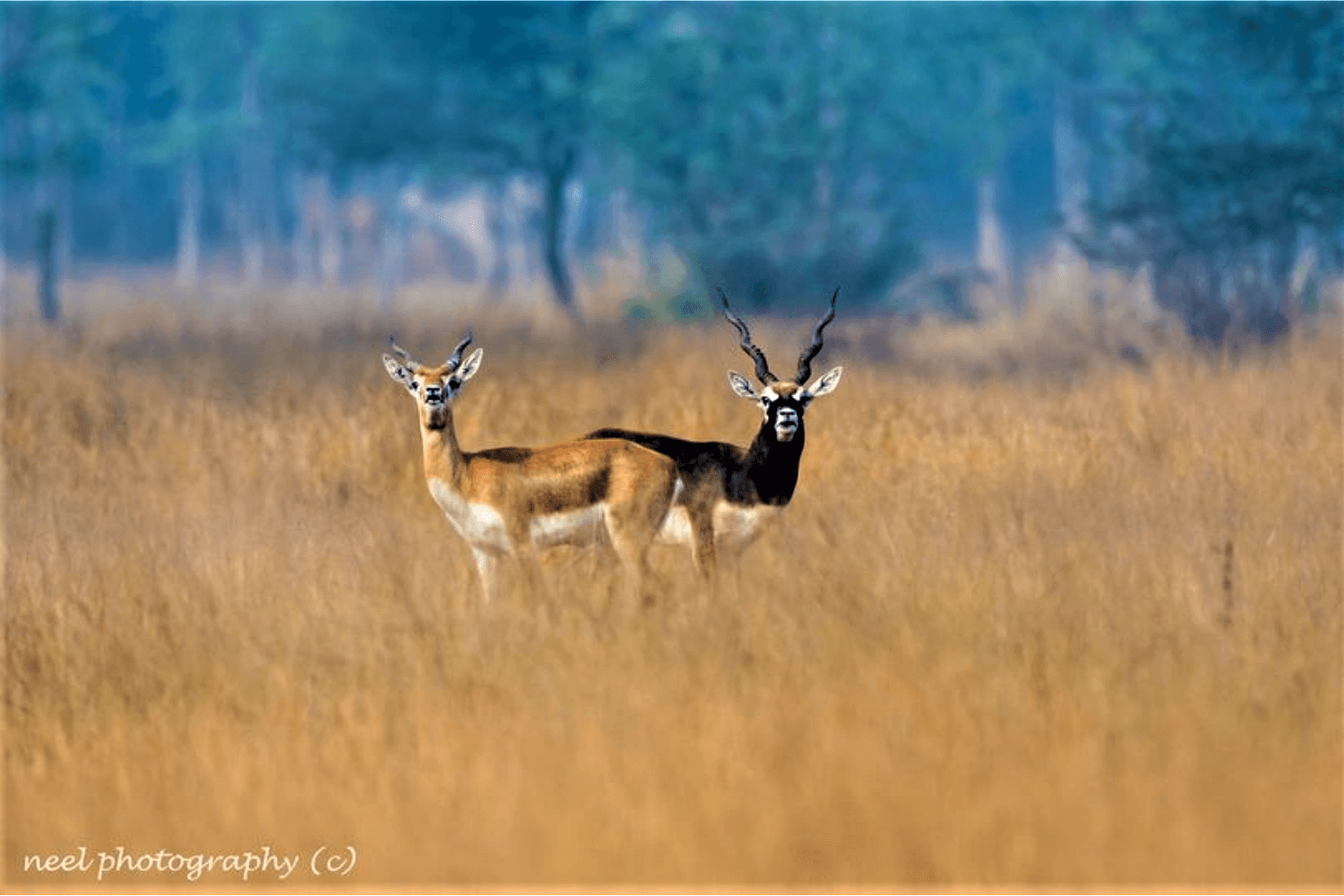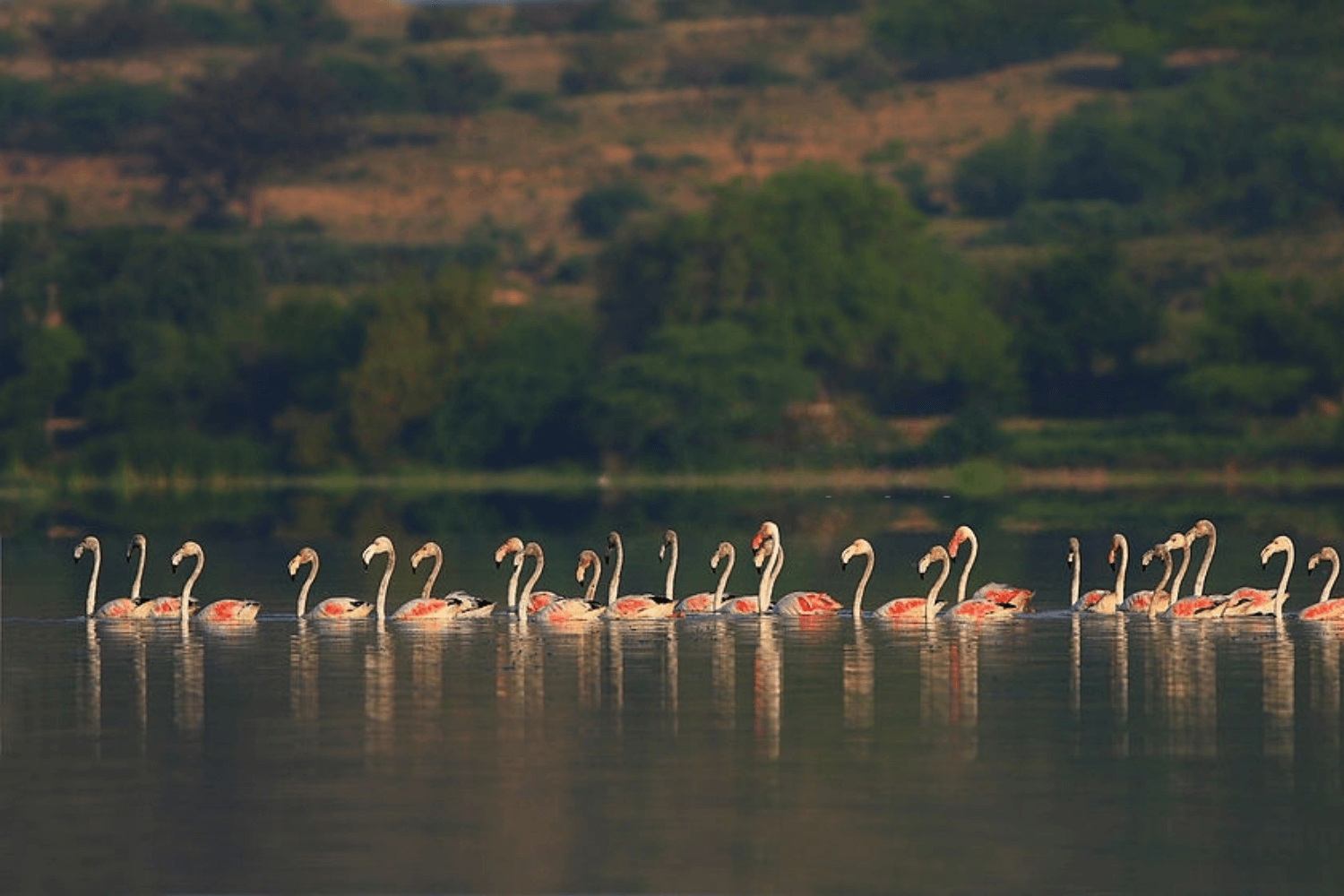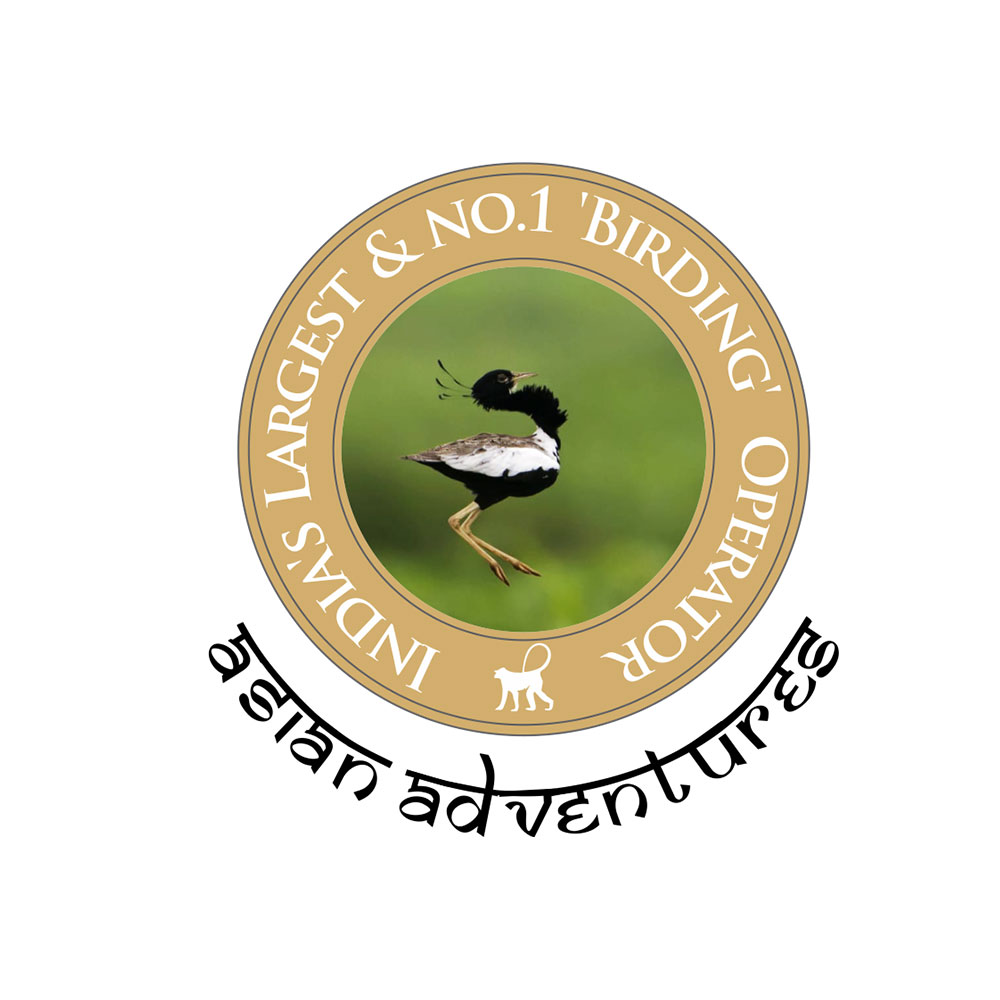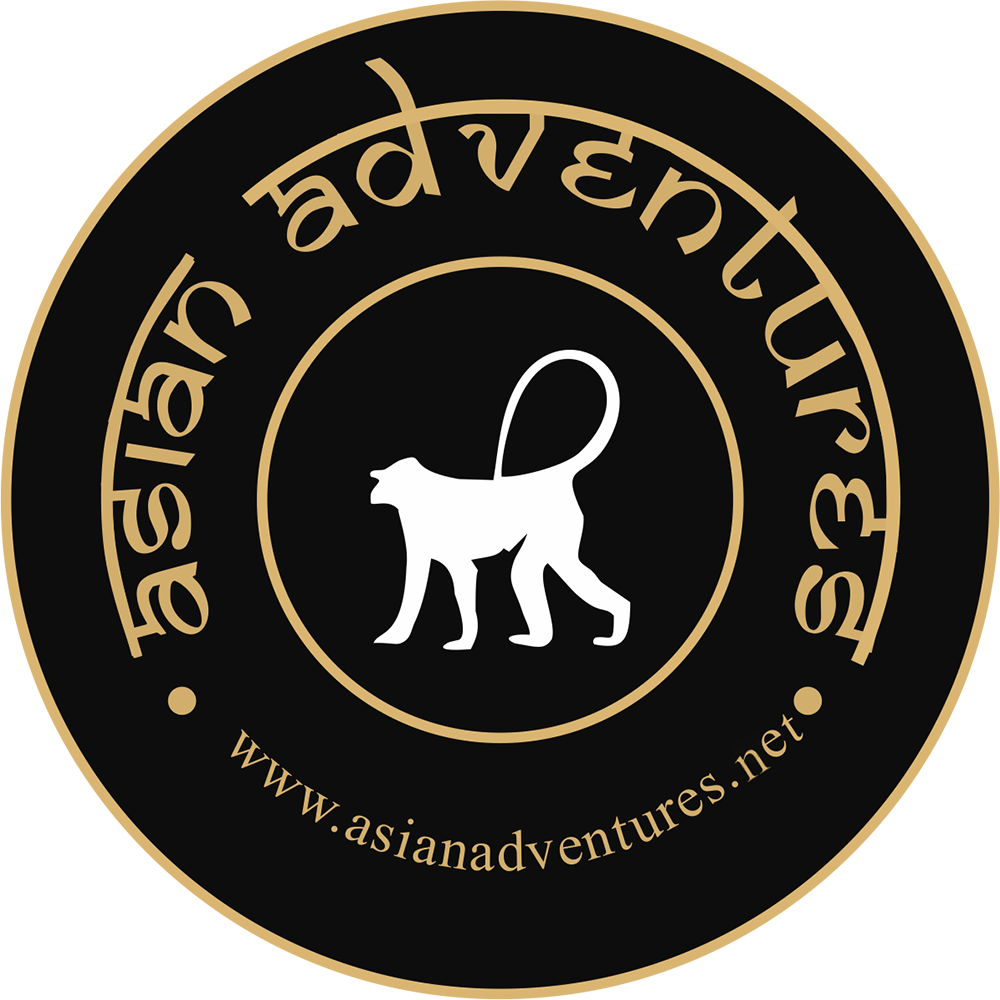Overview
The wildlife of Gujarat is spectacular, to say the least. Not only are many places in Gujarat havens for unique animals, like Asiatic Lion, Indian Wild Ass, Blackbuck, and much more, but The state also falls on a major bird migration route, making it an important stop for migratory birds.
The Little Rann of Kutch is a saline desert in the Kutch area of Gujarat in Western India. This saline desert floods every monsoon. Along the edges are small, elevated, “islands” of Acacia and other bushes called “bets”. These are among the best places to see the smaller birds of the Rann. Much of the Little Rann is designated as the Indian Wild Ass Sanctuary. As the name suggests, this sanctuary was established in 1972 for the protection of the Indian Wild Ass, one of the few wild equine species in the world. Apart from the Indian Wild Ass, the sanctuary is home to many arid-area animals such as Desert Fox, Desert Cat, Striped Hyena, and more. In the winter, it plays host to many species of migratory birds and is a popular birdwatching destination.
Gir National Park is a national park in Gujarat, India. Established in 1965 for the protection of the Asiatic Lion, the total area of the reserve is 1,412 sq km. The forest is mainly of dry deciduous and scrubs types, with many perennial rivers and streams crisscrossing the area. The wildlife of Gir includes large predators such as Asiatic Lion and Leopard, herbivores such as Spotted Deer, Sambar, and Nilgai, and a variety of bird species,
Velavadar National Park lies inland from the Gulf of Cambay on the west coast of India. Created for the conservation of the Blackbuck, it is a tiny but unique grassland ecosystem. The Indian Grey Wolf and the Golden-backed Jackal are the main predators in the park. Other mammals likely to be seen are Bengal Fox, Indian Hair, Indian Desert Gerbil, Jungle Cat, and Nilgai.
Velavadar is also of particular interest to birdwatchers. One can spot many species of birds of prey, like Montague’s and Pallid Harrier, Black-winged Kite, Shikra, and Short-toed Snake Eagle, as well as other birds like White-browed Bush Chat, Ashy-crowned Sparrow-Lark, Rufous-tailed, and Crested Larks, Desert and Variable Wheatears, and Great Grey and Long-tailed Shrikes. Common Crane and waders can be spotted on the Alang River.
Exploring the unique wildlife of Gujarat
Many know Gujarat for its festivals, culture, and even cuisine. I, however, have always been drawn to the wildlife of Gujarat. Not only is this state rich in wildlife, but many of the birds and mammals found here are unique to the region, or at least best seen here. It wasn’t a surprise then, that it took me almost no time at all to plan and book a week-long Gujarat birding tour.
My travels began in the city of Ahmedabad. A hub of culture and history, there is plenty to see here, and one could easily spend a few days exploring the sights, sounds, and even tastes of the city. Unfortunately, I had wildlife on my mind, and traveled straight to Dasada, for some Little Rann of Kutch birding.
The saline desert of the Kutch region looks empty at first glance. Nothing could be farther from the truth. From Wild Asses to Bustards, Larks, Raptors, and even Warblers, this place is full of wildlife, both resident and migratory. Along the edges are small, elevated, “islands” of Acacia and other bushes called “bets”. These are among the best places to see the smaller birds of the Rann, and the shy Short-eared Owls The small lakes here, like Bajana Lake, Nava Talav, and many others, are like small oases, and host a myriad of migratory birds in the winter, including ducks and geese, waders, flamingos, and more. Needless to say, my sighting list for my relatively short stay here was pretty impressive.
From Dasada, I headed to what is perhaps the state’s best-known wildlife destination, and the main destination for Gujarat wildlife tours, the Gir National Park. Of course, my main target here was the Asiatic Lion, an animal seen nowhere else in the world. However, my safaris into the park, my time in Gir Birding Lodge, and my occasional village visits taught me so much more.
I didn’t think at all that Gir would be a place of interesting culture, and that it was just another wildlife destination. But that is not true at all. The tribal culture and history around the area are fascinating.
The area in and around Gir is inhabited primarily by the Siddi and Maldhari tribes. Maldharis are descendants of nomads and are of various castes and creeds, who spend much of the year traveling as they graze their livestock. The Siddi are an ethnically African tribe, descended from the East African Bantu peoples, descended from merchants, sailors, indentured servants, slaves, and even mercenaries.
I would never have learnt all these interesting facts had I not taken a little time to see what was around me.
From this jewel of a destination, I traveled to Velavadar National Park, or Blackbuck National Park, where my target was the graceful-looking Blackbuck. This antelope has been a dream for me to see, and in my opinion, it is among the most beautiful of India’s animals.
The grasslands of Velavadar are stunning, a sea of gold. And traveling this golden sea is the majestic Blackbuck. What grace they have! Getting to see and photograph these animals was perhaps one of the most enriching experiences of this trip.
But Velavadar isn't just about Blackbucks. The Indian Grey Wolf and the Golden Jackal are the main predators in the park, and I was lucky enough to see both (although the wolves I saw were far off). I also managed to spot a few Jungle Cats, a lifer for me. The birds of Velavadar are also fascinating. Montagu’s and Pallid Harriers roost here in great numbers and are a great sight against the dawn and dusk skies. In addition, I also saw many wheatears, larks, and shrikes in the grassland, as well as a large flock of Common Crane along the river.
After my amazing week here, it was sadly time to go back home. But the memories of Kutch, Gir, and Velavadar will remain etched in my memory forever.
Please Note, the Acronyms in Bird Species
R stands for Resident Birds
S stands for Summer
W stands for Winter

Meals: Lunch and Dinner
Accommodation: Rann Riders or Royal Desert Safari Camp
Fly to Ahmedabad in the morning. Arrive at Ahmedabad and travel to Dasada (2 hrs, 90km). Enjoy an evening safari in the Little Rann of Kutch, a Desert Wildlife Sanctuary, known as the last abode of the Asiatic Wild Ass in the Indian Peninsula. During the drive, watch for other endangered Wildlife like the Wolf, Indian and Desert Foxes, Indian Gazelle, Macqueen's Bustard, etc. Witness the sunset at Bajana Lake, where Flamingos, Pelicans, Demoiselle and Common Cranes, and other magnificent birds gather in numbers beyond comprehension.
Overnight stay.

Meals: Breakfast and Dinner
Accommodation: Gir Birding Lodge
Enjoy a morning drive into the Little Rann for birding and animal viewing. After your safari, check out from your resort and proceed to Gir (7 hours drive).
Overnight stay
Key species: Indian Wild Ass, Nilgai, Macqueen’s Bustard(W), Short-eared Owl(W), Common Crane(W), Pallid Harrier(W), Montagu’s Harrier(W), Desert Wheatear(W), Bimaculated Lark(W)

Meals: Breakfast, Lunch, and Dinner
Accommodation: Gir Birding Lodge
Explore the forests of Gir Wildlife Sanctuary with the help of morning and afternoon drives. The forests of Gir are the last home of the Asiatic Lion. Another big cat found here in plenty is the Leopard. It also has a large population of Chital or Spotted Deer, Sambar, Nilgai, Wild Boar, and other Wildlife. A number of attractive Birds can be seen too, such as Tickell’s Blue Flycatcher, Common Woodshrike, Indian Scops Owl, Mottled Wood Owl, and more.
Overnight stay at Gir Birding Lodge.

Meals: Breakfast, Lunch, and Dinner
Accommodation: Gir Birding Lodge
Another round of morning and evening drives in the Gir forests to look for the two big cats and to watch other wildlife. Multiple drives will increase your chances of getting great sightings, as well as help you explore more of the forest. If time permits, you may go for an optional guided village visit. Dinner and overnight at Gir Birding Lodge.
Key species: Lion, Leopard, Sambar, Nilgai, Spotted Owlet(R), Red-naped Ibis(R), Indian Stone-curlew(R), Oriental Darter(R), Little Cormorant(R), Indian Scops Owl (R), Crested-Hawk Eagle (R).

Meals: Breakfast, Packed Lunch, Dinner
Accommodation: Black Buck Safari Lodge
After the final morning wildlife safari in Gir, we travel to Velavadar (6 hours) and check in at the Blackbuck Lodge, a wildlife hotel.
Key species: Lion, Leopard, Golden Jackal, Spotted Deer, Crested Honey Buzzard(R), Shikra(R), Indian Peafowl(R), Grey Francolin(R), Yellow-crowned Woodpecker(R)

Meals: Breakfast, Lunch, and Dinner
Accommodation: Black Buck Safari Lodge
A full day of exploring Velavadar National Park. Known for its large Blackbuck population, Velavadar is also one of the few places where the Wolf and Hyena are proliferating in India though they are rarely seen in the daylight. Sirkeer Malkoha, Painted Francolin, Chestnut-Bellied and Spotted Sandgrouse, Rufous-tailed, Crested and Sykes's Lark, Red-Rumped Swallows, Desert and Variable Wheatears, and other birds are seen and many Raptors visit specially Short-toed Snake Eagle(R), Eastern Imperial Eagle(W), Steppe(W), Tawny(W), Greater and Indian Spotted Eagle(W), Laggar Falcon(R), Eurasian Hobby(W), Common Kestrel(R), Red-necked Falcon(R), Peregrine Falcon(W), White-eyed(R) and Long-legged Buzzard(R), Black-winged Kite(R), Shikra(R), Eurasian Sparrowhawk (W) and occasionally Northern Goshawk(W). Rarities include the White-browed Bush Chat(W). In the evening, witness a massive roost of Montagu’s, Pallid, and Western Marsh Harriers(W).
Overnight stay at the lodge.

Meals: Breakfast
Accommodation: None
Check out from the lodge, and drive to Ahmedabad airport (4.5 hours) for your connecting flight to Delhi or other onward destination. Tour Ends.
Highlights
- Wildlife safaris in some of India’s best wild habitats
- Unique mammal life, including Asiatic Lion, Asiatic Wild Ass, Blackbuck, Indian Wolf, Striped Hyena, and more
- Wide variety of birdlife including waterfowl, raptors, waders, larks, shrikes, and more.
- Admire the stunning landscapes of Wild Gujarat
- Get a glimpse into everyday rural life in Gujarat
- Opportunity to shop for unique and exquisite handicrafts
- Experience the famous Gujarati hospitality
- Lip Smacking Gujarati cuisine
- Stay in some of Gujarat’s best ecolodges
Included
- Accommodation on twin / triple share Meals as per the itinerary
- Jungle visits in all the three wildlife reserves with park guides All surface transfers by a private air-conditioned vehicle
Video
Location
Stories
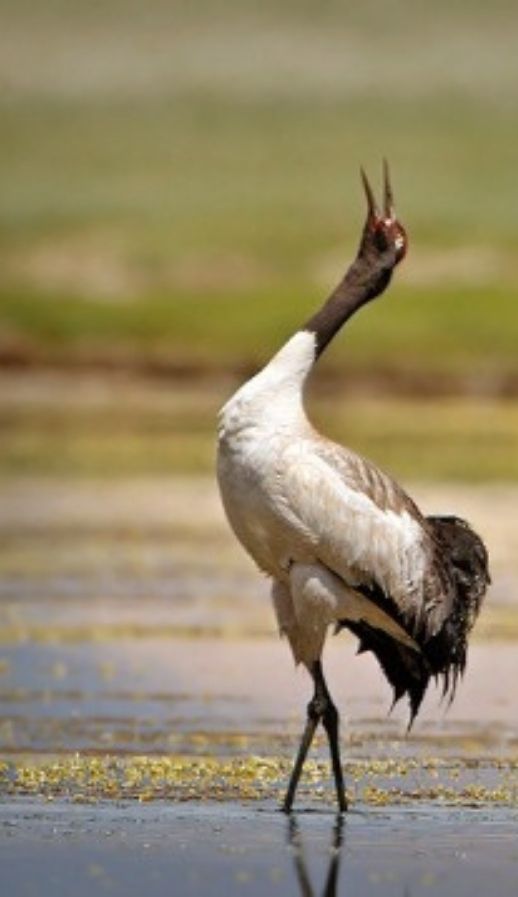
Ladakh
North India, the land of Ladakh, looks as though it was made for birdwatching and photography.

Gir National Park Gujarat
Sometimes it is not just the species spotted but also the amazing moments. Some of our guests had the unique opportunity to witness the mating of Asiatic Lions in the Gir Forest, truly a special moment.

Delhi
Surajpur is an amazing wetland close to the nation’s capital. Apart from being one of the monsoon homes for the Bristled Grassbird, it is also home to another sought-after species: the Bengal Bush Lark.

Rajasthan
One advantage of living near the birding hotspot of Bharatpur is that you can see some amazing birds, like the graceful Sarus Crane, in your backyard during this lockdown


